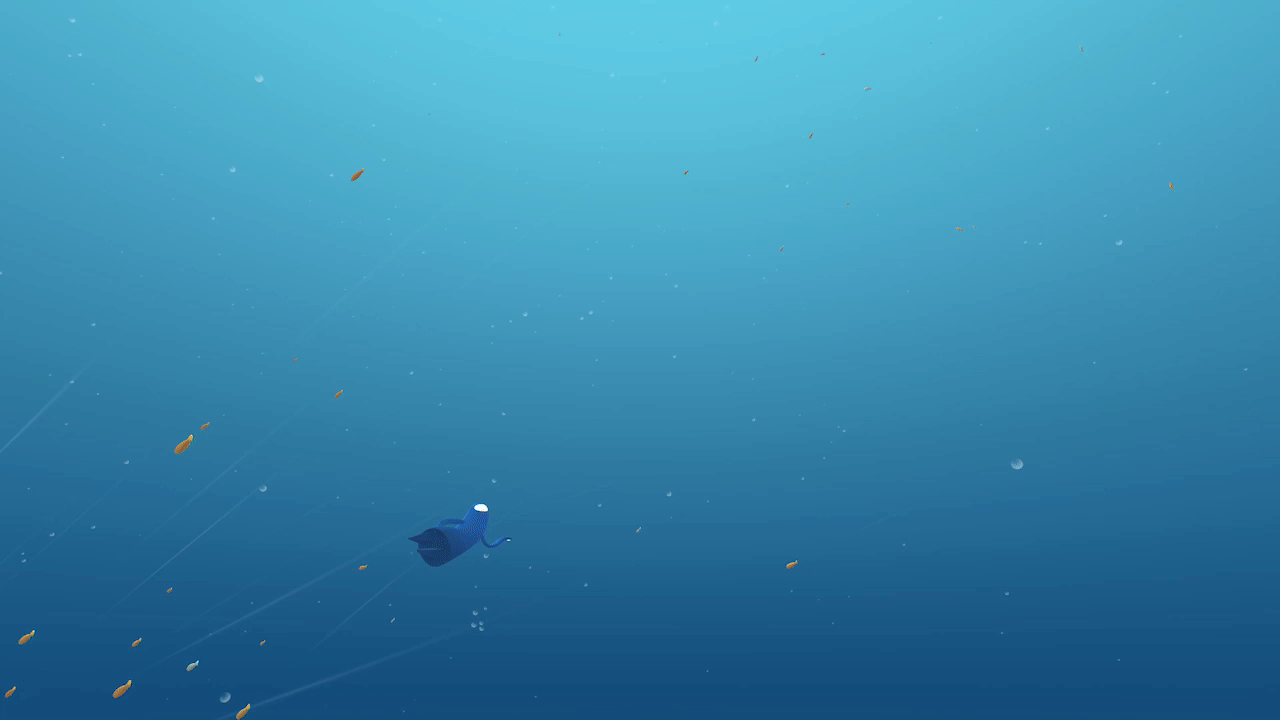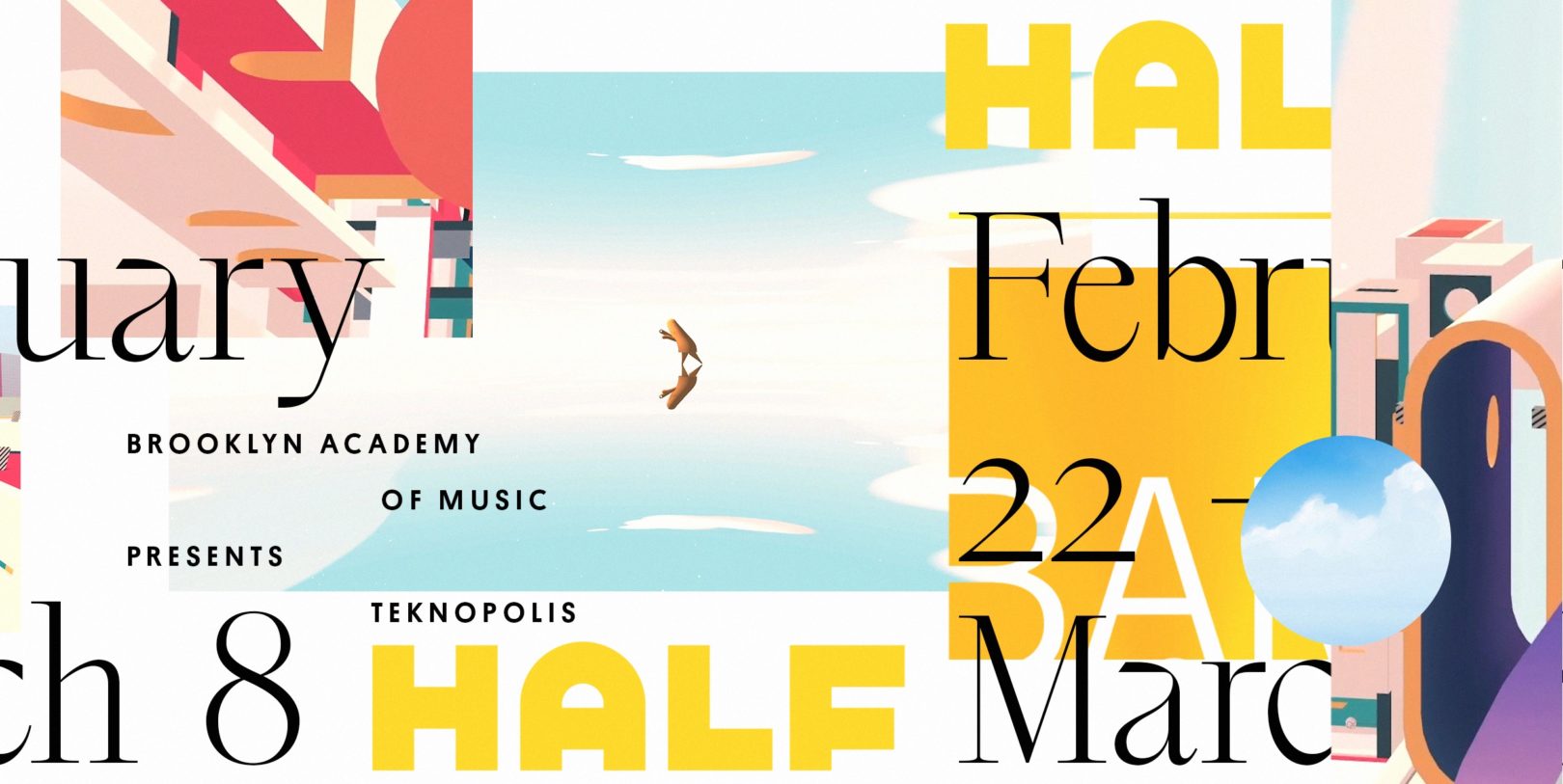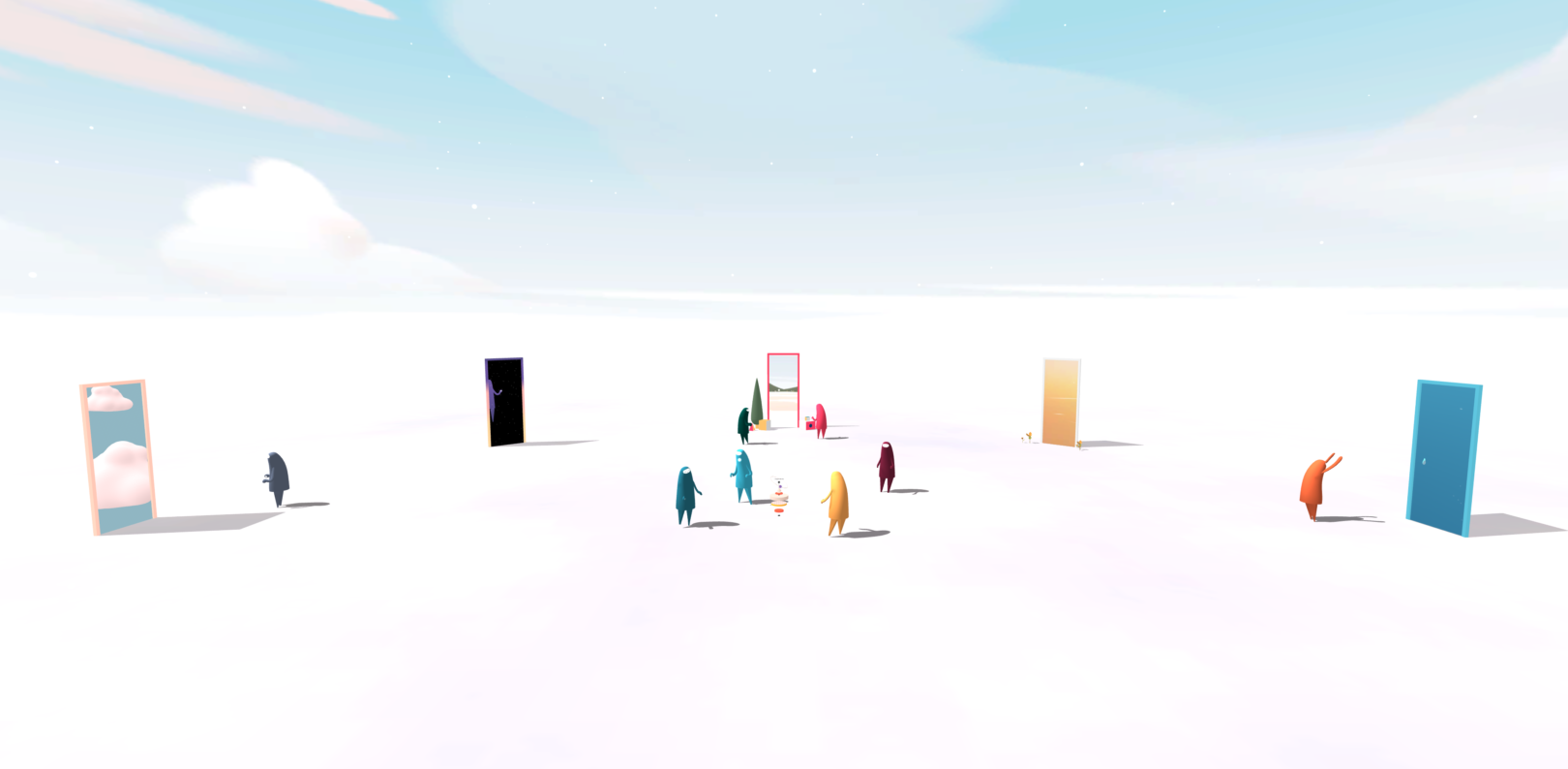What’s up family!
Not too many people know this, but the entire team at Normal works remotely. Having a remote team has allowed us to hire people all over the world. However, it can make collaboration difficult. No one wants to open a VR prototype, try it out, and then spend time typing their comments into Slack. You also miss out on the organic impromptu discussions that can happen while working together in person. In my experience, the tangents we go on after trying a prototype usually lead us to our best ideas.
Enter: Normcore
If you haven’t heard of Normcore yet, it’s a multiplayer networking plugin that we created at Normal. Normcore allows you to easily add avatars and voice chat to any Unity VR/AR app in addition to any other multiplayer networking you might need.
If you’ve got a prototype that you’d like to share with someone, just import Normcore, add the “Realtime + VR Player” prefab to the scene, and you’re done. When your app opens up, it will automatically connect everyone to the same room, and spawn simple avatars with working voice chat.
If you have any dynamic elements in your project, Normcore offers a rich set of tools to synchronize that state between all clients. Common things like synchronizing transforms or rigidbody physics are handled automatically by our RealtimeTransform component, and custom components can be created to synchronize everything else.
You can invite as many people to the room as you’d like, we’ll take care of spinning up a server in the ideal region for the group to reduce latency.
Working Remotely
We’ve integrated Normcore heavily into our team’s workflow. With the ability to add multiplayer in a few minutes, we’re able to turn any prototype or design into a multiplayer space effortlessly. Whenever someone on the team makes something new, they can drop in Normcore, send a build to everyone on Slack, and get feedback from the team from within their design. Once we’re in, we don’t have to go back to Slack or email to guide each other through new features or bugs, or even sketch out visual ideas. We can do all of this inside the actual space we’re working on. The easiest comparison I can think of to help you contextualize the benefits, is if you had the functions of Google Docs, integrated directly into your website. This would enable you to edit and make updates with other team members, on the spot.
Normcore is especially helpful when it comes to working with different clients. Traditionally, we’d have to email them a prototype, wait for them to open it, try it out, and then have them email us feedback. It’s no fun, and can be incredibly frustrating if there are technical difficulties along the way. But if you’re showing a client an unfinished project in multiplayer, it becomes easy to guide them through areas that require feedback or further work. You can be there with them, and they can ask questions as they review everything.
Multiplayer Changes The Way You Think
In the early days of Normal, I knew multiplayer was going to improve our workflow significantly, but I didn’t realize that it would change the way we think about VR design.
It’s a hard thing to really put down on paper, but there’s a big difference between trying to problem solve on your own and with other people. Especially if what you’re designing has yet to take shape. You shift from thinking about a VR space as another app for a single person, and start thinking about it as a space for multiple people to play, think, work, etc.
One of my favorite examples of this is The Museum of Other Realities.
If you haven’t seen it, it’s an incredible art museum in VR. Honestly, it’s still one of my favorite VR apps to date. It’s the only place where you can view artworks created entirely in VR and its’ unique use of space, scale, and portals really take advantage of what VR is great at.
When Colin Northway and I first talked about this project, it was originally going to be a quarterly VR magazine. The plan was to release an app each quarter with a few artworks in a museum space. The funds would go to the artists creating VR work, and a little bit of each issue would go towards funding the next. It seemed like one of the few ways VR artists could potentially make money on their work.
You can hear Colin talk about it here in Az Balabanian’s Research VR podcast:
As Colin mentions, in the beginning the goal was never to create a multiplayer space. However, after hanging out in the space with people just a few times, the multiplayer ideas started flowing. We started treating this space the same way we would a space in real life. The conversation switched from “Let me send this build to people” to “Let’s invite people over to the space to give us feedback”. Colin eventually started throwing monthly cocktail parties in VR, and it turned into the multiplayer experience it is today.
The Future of the Workplace
Normal has been around for almost four years now. Throughout that time, I’ve worked from home. I’ve moved across the country. I’ve worked with brilliant people, some of whom I’ve never met in-person. Working remotely has allowed me to create a team of the brightest minds across the world.
While this workflow has been very successful for us as a VR and AR team, I fully expect this to translate to just about every industry that works on a computer. At the moment, this works for us because we can create our own tools, but I expect things will change as tools are made for every other type of computer work.
One of the many perks of working remotely is that I can live anywhere. So many people’s jobs dictate where they live. I think many people are worried about VR replacing their time in real life and people will become even more addicted to their computers. I like to think that VR will replace the time we already spend on computers. I envision a world where our residency isn’t limited to our place of work—VR could allow us to do the same things we do when we sit behind a screen for 8 hours a day, remotely, and ideally more effectively.
Anyway, I’m getting a little carried away ;P We’ve still got a while before that happens.
Want to try adding multiplayer to your own Unity app? Download Normcore here. We also have a few guides you might find useful like Adding AR/VR Avatars & Voice Chat, and Creating a multiplayer drawing app.
Until next time 🙂
Max
Follow along on Twitter @MaxWeisel and @NormalVR for the latest updates.




